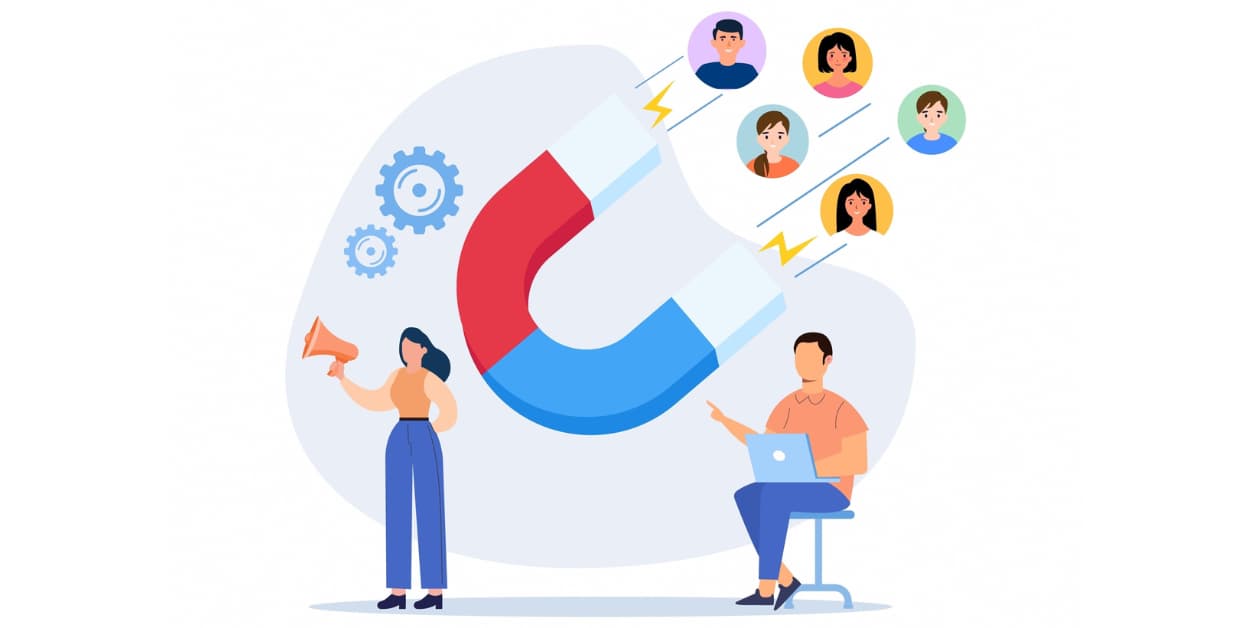The Evolution of India’s Startup Ecosystem
In recent years, India has emerged as a dynamic startup hub, boasting over 1.28 lakh startups as of April 2024, a significant increase from merely 450 in 2016. This robust growth is attributed to the innovative spirit of the country’s startup community, establishing India as a key global player in innovation and entrepreneurship.
Empowering Startups for Sustainable Growth
To build on this success and foster a more balanced growth model, it is essential to empower both small-scale and early-stage startups. These emerging enterprises should prioritise not only the acquisition of customers but also their retention. Here’s why customer retention is pivotal for enduring growth.
Customer Acquisition vs. Retention Costs
Acquiring new customers can be considerably expensive. Research suggests that it may cost between five to twenty-five times more to acquire a new customer compared to keeping an existing one. This poses a considerable challenge for early-stage startups that operate within restricted budgets.
Many startups invest heavily in customer acquisition yet encounter the issue of customers not returning, creating a ‘leaky bucket’ scenario.
In contrast, focusing on retention proves to be more economical and is critical for long-term profitability. According to the book Marketing Metrics, the likelihood of converting an existing customer ranges between 60-70%, whereas for new customers, it is only 5-20%. This significant disparity underscores the need to concentrate on current customers.
Establishing a Retention Foundation
To optimize customer retention, startups must master the fundamentals. While there are numerous marketing technology (martech) solutions available to aid in this regard, they can be complex and costly. Startups require straightforward, affordable solutions coupled with extensive training to effectively leverage these tools. Participation in growth and accelerator programs can offer invaluable support and direction.
Targeting the Right Growth
Often, startups pursue the expansion of their customer base without recognizing the value of retaining those they already have. Real growth and profitability result from repeat purchases. For instance, if a startup sells a product for ₹100, incurs a production cost of ₹30, and spends ₹40-50 on marketing, the margins are minimal.
However, when a customer makes a repeat purchase, the startup avoids the acquisition costs, leading to significantly enhanced profitability. Understanding the reasons behind customer return and capitalizing on this information is critical. By examining customer behaviour and preferences, startups can adjust their offerings to promote repeat business, thereby nurturing long-term loyalty and growth.
Utilising Data for Strategic Decisions
Diving deep into customer data is vital for grasping behaviours and preferences, allowing for personalized experiences that promote retention. When integrated with technological solutions and artificial intelligence, first-party data equips startups to create precise customer personas and make informed strategic choices. This method elevates customer satisfaction and retention rates.
For example, according to a study by Instapage, personalised shopping cart recommendations have prompted 92% of online shoppers to complete purchases. By utilizing such insights, startups can enhance their products and services, thereby boosting customer loyalty.
Challenges to Retention
Despite the evident advantages, many early-stage startups face hurdles concerning retention due to high investment costs, lack of knowledge, and complexity surrounding martech tools. The Mirum India MarTech Report 2023 reveals that 57% of participants were uncertain about the return on investment from martech tools, 46% found the implementation too complicated, and 33% had difficulties with selecting the appropriate tools.
To overcome these obstacles, fledgling startups should consider accelerator programmes that deliver customised support and guidance for initiation. Moreover, adopting a ‘flywheel’ strategy that incorporates acquisition, engagement, and retention can help align their methods and achieve sustainable growth.
The Flywheel Strategy
In the nascent stages of a startup, a balance between customer acquisition and retention is essential. As the business evolves, the revenue ratio from acquired and retained customers should shift. Mature enterprises typically derive a larger portion of their profitability from retained customers while consistently acquiring new ones.
Essential Insights
- Invest in straightforward martech solutions and adequate training.
- Emphasise customer retention from the outset.
- Utilise data-driven insights to tailor customer experiences.
- Strike a balance between acquisition and retention for enduring growth.
In today’s unpredictable market landscape, prioritising customer retention is vital for early-stage startups. By nurturing strong relationships with their current customers, startups can achieve cost efficiency, sustainable growth, and long-term profitability. Harnessing data-driven insights and tailored engagement strategies will enable startups to evolve from transient entities into resilient, successful businesses.
Within this context, customer retention is no longer considered a luxury but is imperative for early-stage startups aiming for unprecedented growth. By concentrating on customer retention, startups can forge a robust foundation for long-term success, ensuring they excel in competitive markets.
